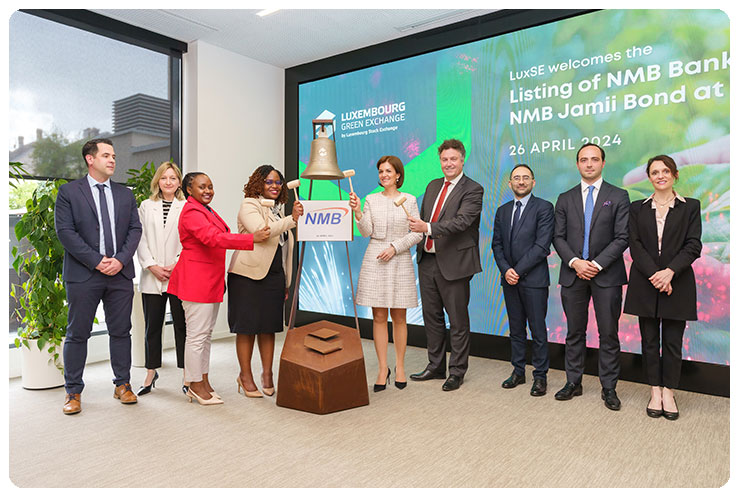At a Glance
- Major banks and DFIs lead ESG bond issuance across Africa’s climate, energy, and social sectors.
- Private-sector green bonds emerge from Egypt to Senegal, boosting inclusive development and innovation.
- Hybrid, sustainability-linked, and local currency bonds reveal Africa’s maturing ESG finance ecosystem.
Africa’s landscape is fast emerging as a dynamic channel connecting the continent’s sustainable development goals with global capital.
From multi-billion-dollar programs led by institutions such as the African Development Bank and West African Development Bank to groundbreaking SME-focused green bonds in Rwanda, Senegal, and Tanzania, the continent’s ecosystem is expanding in depth and innovation towards advancing smooth alternate energy transitions and a greener ecosystem.
These bonds are mobilizing capital for critical priorities, including climate adaptation, renewable energy, water infrastructure, and inclusive development—particularly benefiting underserved populations such as rural communities and women-led enterprises.
The growing participation of sovereigns, development banks, and corporates reflects rising confidence in Africa’s creditworthiness and ESG alignment. Meanwhile, the evolution of bond structures—ranging from hybrid capital to sustainability-linked and local currency instruments—points to a maturing, responsive market.
As sustainability becomes a core pillar of global finance, Shore Africa spotlights the top 15 African institutions driving this transformation through innovation, credibility, and impact.
1. African Development Bank (AfDB)
Instrument type: Social + hybrid bond
Amount: $2.75 billion
Brief notes: The AfDB issued $2 billion in social bonds and $750 m in hybrid bonds. Both tranches were heavily oversubscribed, demonstrating investor confidence in financing inclusive growth and climate resilience across Africa.

2. Nedbank (South Africa)
Instrument types: Green + sustainability‑linked bonds
Amount: $901.62 million (R 1.65 billion green + R 14.5 billion SLBs)
Brief notes: Nedbank issued multiple bonds totaling R 16.15 billion ($901.62 million), including a green bond and several sustainability‑linked tranches, reinforcing its ESG leadership in South Africa.
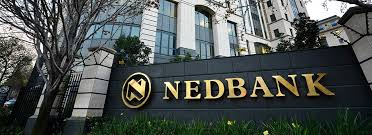
3. West African Development Bank (BOAD)
Instrument type: Sustainability development bond
Amount: €750 million ($865.62 million)
Brief notes: BOAD issued a €750 million ($865.62 million) sustainability development bond—the first of its kind in WAEMU—marking regional leadership in green and social finance across West Africa.
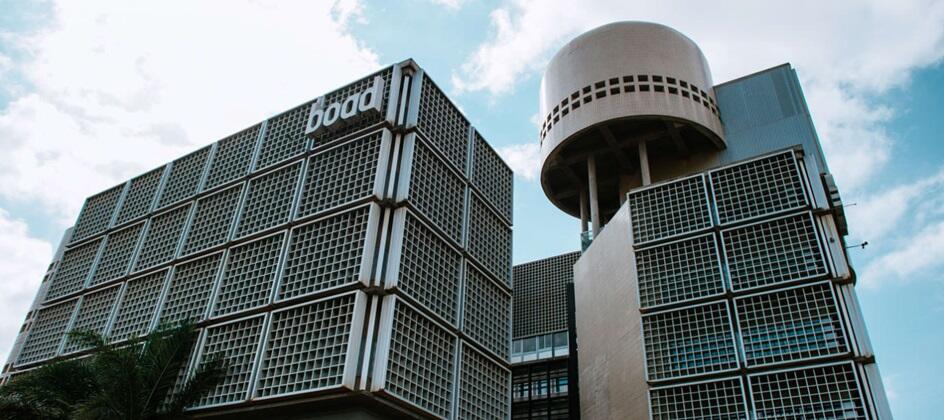
4. Absa (South Africa)
Instrument type: ESG/green debt package
Amount: R 10.4 billion ($580.79 million)
Brief notes: Absa structured a R 10.4 billion ($580.79 million) ESG‑aligned debt package—Africa’s largest—to finance sustainable assets and expand its green finance offerings.
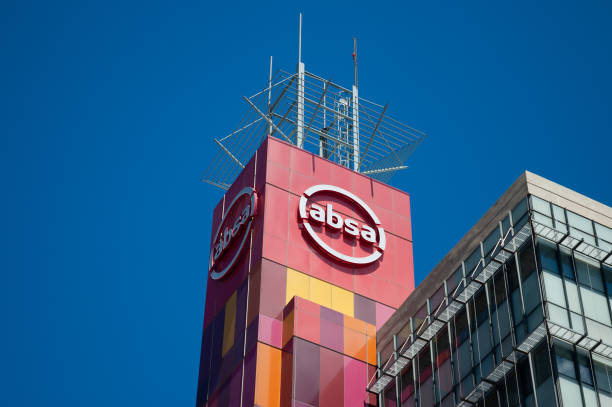
5. BADEA / Afreximbank
Instrument type: Sustainability bond
Amount: €500 million ($577.23 million)
Brief notes: BADEA and Afreximbank co‑syndicated a €500 million ($577.23 million) sustainability bond, highlighting regional cooperation to fund inclusive development, renewable energy, and climate-adaptive infrastructure.

6. Arab African International Bank (Egypt)
Instrument type: Sustainability bond
Amount: $500 million
Brief notes: Egypt’s Arab African International Bank raised Africa’s largest private-sector sustainability bond—$500 million—underscoring private institutional backing for ESG initiatives and responsible lending in Egypt.
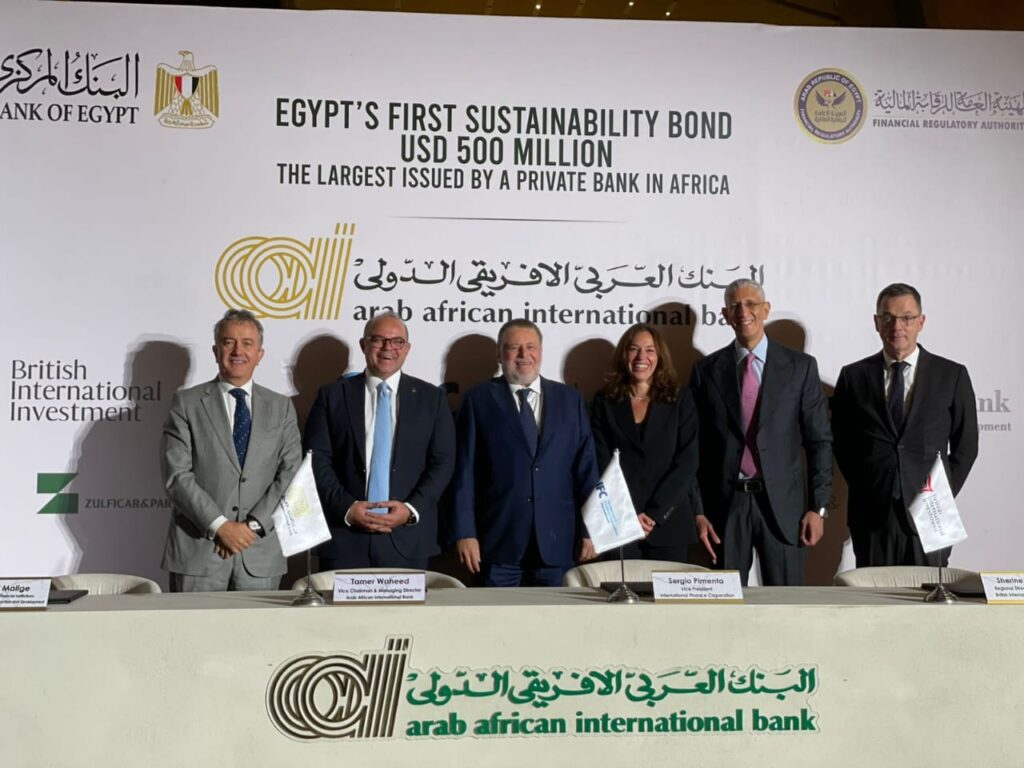
7. Ecobank (Togo)
Instrument type: Tier‑2 sustainability bond
Amount: $350 million
Brief notes: Togo’s Ecobank issued a $350 million Tier‑2 sustainability bond on the LSE—supporting its capital base while enhancing ESG credentials and pan‑Africa growth plans.
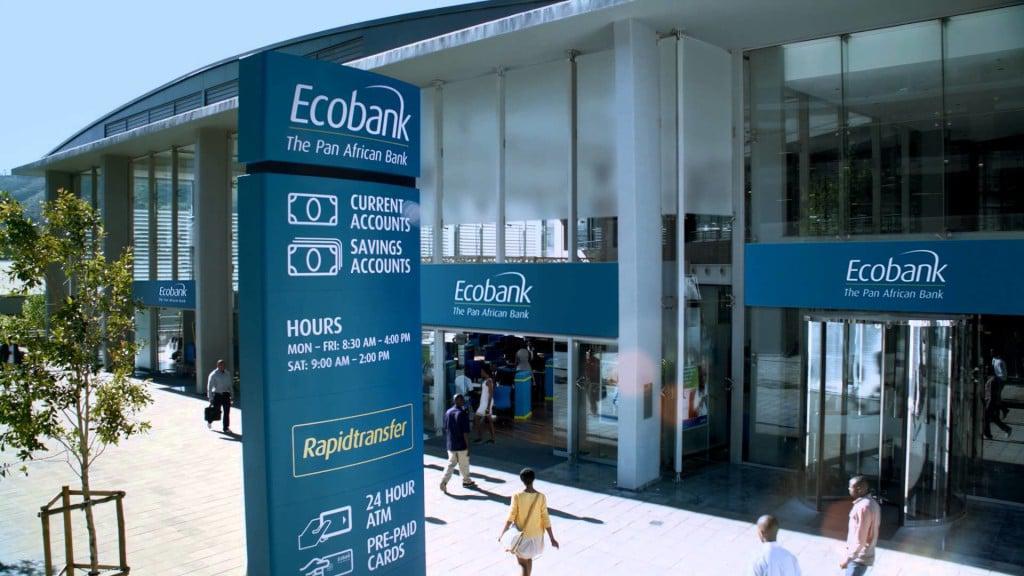
8. Copperbelt Energy (Zambia)
Instrument type: Corporate green bond
Amount: $200 million
Brief notes: Zambia’s Copperbelt Energy raised $200 million via an oversubscribed green bond, unlocking dedicated capital for sustainable power infrastructure and climate-resilient electricity systems.
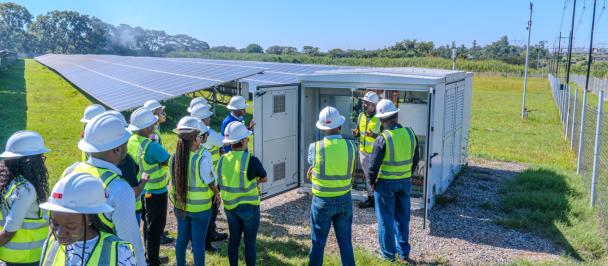
9. Africa Finance Corporation (AFC)
Instrument type: Swiss franc‑denominated green bond
Amount: CHF 150 million ($184.82 million)
Brief notes: AFC issued a CHF 150 million ($184.82 million) green bond listed in Switzerland, positioning African infrastructure funding within international capital markets and raising capital for clean energy and climate resilience projects.

10. Standard Bank (South Africa)
Instrument type: Sustainability‑linked bond
Amount: R 1.4 billion ($78.12 million)
Brief notes: Standard Bank issued a R 1.4 billion ($78.12 million) sustainability‑linked bond—the first by a South African financial institution—linking interest to achieving ESG performance targets.

11. CRDB Bank (Tanzania)
Instrument type: Green bond tranche
Amount: $68 million
Brief notes: CRDB Bank launched a $68 million retail‑focused green bond tranche, giving Tanzanian investors direct access to climate finance via environmentally aligned banking products.

12. Access Bank (Nigeria)
Instrument type: Green bond
Amount: $41 million
Brief notes: Access Bank issued a $41 million green bond certified by the Climate Bonds Initiative, financing renewable energy and sustainable lending initiatives targeting Nigeria’s transition goals.
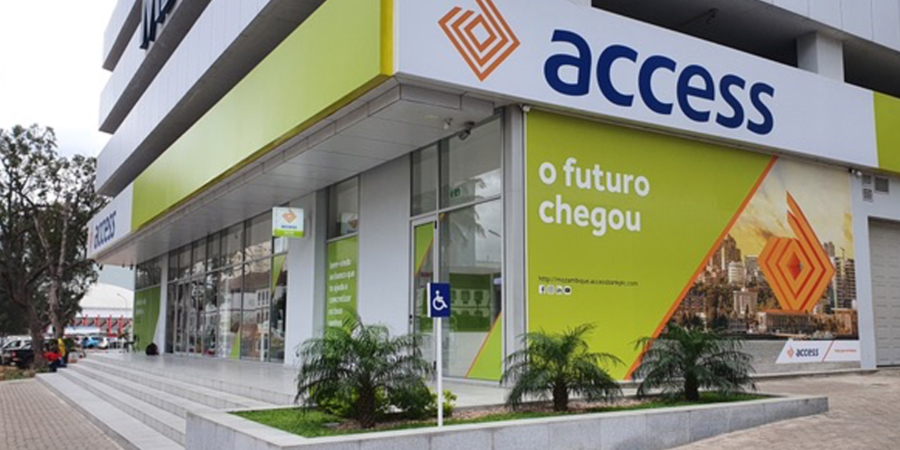
13. Baobab Senegal (private sector)
Instrument type: Sustainability bond
Amount: $32 million
Brief notes: Baobab Senegal issued a $32 million sustainability bond—the first by a private-sector firm in WAEMU—funding inclusive finance for smallholder agriculture and women entrepreneurs.

14. Rwanda Development Bank (BRD)
Instrument type: Sustainability‑linked bond
Amount: $24.8 million
Brief notes: BRD’s local‑currency $24.8 million sustainability‑linked bond is Rwanda’s first, promoting green agriculture and SMEs while reducing currency mismatch risk in financing.
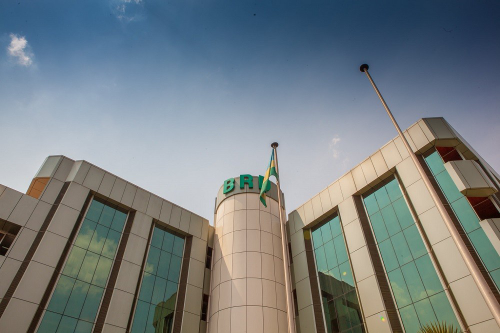
15. Tanga UWASA (Tanzania)
Instrument type: Green bond
Amount: $20 million
Brief notes: Tanzania’s Tanga UWASA issued a $20 million green bond to fund local water infrastructure enhancements, improving service delivery and climate resilience in urban water systems.
